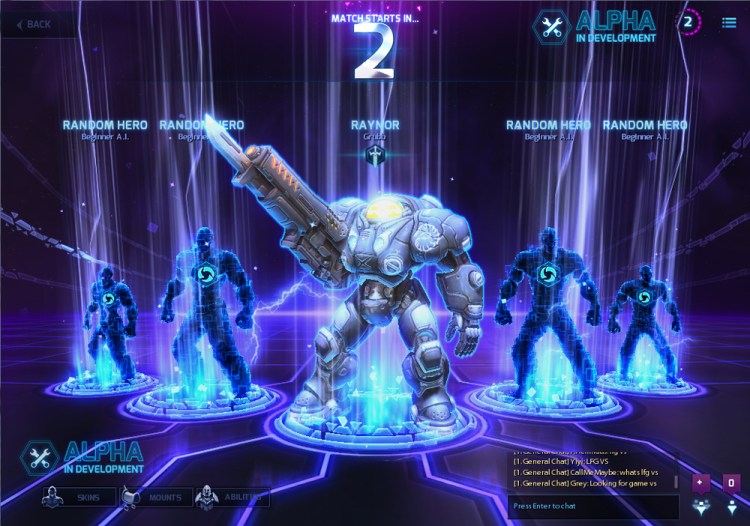One of the most difficult things about multiplayer online battle arenas (MOBAs) is learning the nuances. Learning a new game’s jargon and idiosyncrasies can bog down even the most hardened veterans; if you go into League of Legends from Dota 2 and expect “stack camps” and “pull creeps” for your “ADC“, for example, you’ll be disappointed (and have your streams crossed).
We’re here to help.
Heroes of the Storm might be the simplest and easiest-to-learn MOBA yet, but it’s still defined largely by the different roles each hero plays. Whether you’re looking to deal damage, soak it up, or help the team out while you watch them slaughter the enemy, here’s what you should know about every role in Heroes of the Storm, League of Legends, and Dota 2.
Carries: The stars of the show
League of Legends: A carry is a team’s most important asset; they’ll deal the most damage later in the game and will “carry” their squad to victory, but they need to amass the gold and items to get to that point. LoL divides its carries into two categories: Marksmen, who build up their regular attack damage and speed with items; and Mages, who deal most of their damage through spells and items that amplify those spells.
Early in the game, both need to focus on killing enemy minions that spawn on both sides every few seconds and meet between towers (these are “creeps”) to get gold (this action is “farming”). They should focus on farming enough to the exclusion of almost anything else and let others do the heavy lifting. Later, the match will hinge on them, and they can’t afford to fall behind the enemy carries.
Dota 2: Just about every hero benefits from getting lots of gold — even tried-and-true supports like Jakiro can turn themselves into something formidable in the late game if they farm. Still, some heroes carry better than others and should get as much of the gold as possible, so you’ll see most games fall into the same rhythms they do in LoL.
Heroes of the Storm: Carries don’t have to worry about their lower health pool early or falling behind in gold. Instead, every hero who can deal damage is a threat, and this means a match centers on fighting as a team more than LoL or Dota 2. HotS classifies heroes who focus on damaging enemies as Assassins.
Supports: The stage crew
League of Legends: In LoL, supports play babysitter; they take care of their Marksmen and make sure they don’t get into trouble while they’re still too weak to take care of themselves. They also do all of the shopping for map-revealing wards and relinquish gold so the Marksmen can buy all the cool items. They’re crucial in the early stages but tend to take a backseat later on.
Dota 2: Supports play a similar role here as they do in LoL, except they’re poorer by comparison and have a more extensive grocery list: wards, smoke to help ambush enemies, and dust to reveal invisible heroes. They are also responsible for “stacking” neutral creeps around the map for the carries, which means they’ll get more gold from them later on.
Heroes of the Storm: Supports don’t have it as rough in HotS as they do in other MOBAs. Because they don’t have buy items, heroes in any role can focus more on their spells and gaining levels, which should suit most support players just fine. Support heroes in HotS use their abilities to help their team with healing and temporary stat bonuses.
Middle lane: The playmakers
League of Legends: The middle-laner in LoL is a fusion of the support and carry roles: They rely mostly on spells to deal damage but need to farm gold to stay relevant throughout the match. They’re like Mages and Marksmen but need to be active in securing kills in the early game to turn a bout to their favor. Almost any champion that wants to get gold, but can stand being in a lane without a support, qualifies for the middle lane.
Dota 2: The lane roles in Dota 2 are less rigid than in LoL, which leads to a wider range of heroes that can go mid; some want to farm, others want to get early kills, and a few want nothing but to deny the enemy mid as much gold and experience as possible by harassing them with attacks and spells until they need to leave the lane. In professional play, you’ll also see the occasional support/carry combo in the middle lane.
Heroes of the Storm: The lanes in HotS provide both more and less variety than in other MOBAs: It has more maps, and thus more lane setups (some maps only have two lanes). But every lane, in my brief experience, is not too different from the others on a per-map basis, meaning any hero can enter any lane, reducing the need for dedicated mid-laners.


